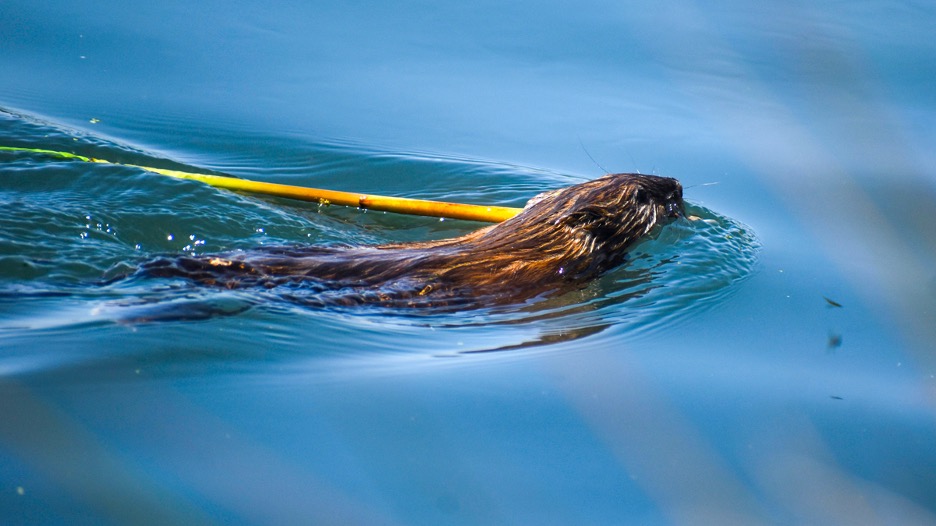The Conservancy recently cooperated with the California Department of Fish and Wildlife (CDFW) in that agency’s inaugural beaver conservation translocation program. The inaugural translocation involved a mated pair and their five offspring from one of the Conservancy’s most impacted marsh complexes. The beaver family now resides in Plumas County in a location known to the Maidu Tribal Consortium as Tásmam Koyóm.
CDFW states, “The new family group of beavers join a single resident beaver in the valley with the ultimate objective of re-establishing a breeding population that will maintain the mountain meadow ecosystem, its processes and the habitat it provides for numerous other species.”
Governor Gavin Newsom noted of the program, “Thanks to the leadership of our tribal partners and years of preparation, beavers are returning to their original homeland around the state.”
The Conservancy’s participation in CDFW’s translocation program was for the purpose of avoiding catastrophic impacts to the managed marsh complexes caused by beaver overpopulation. The marsh complexes owned and operated by the Conservancy serve up to 22 “Covered Species” under the Natomas Basin Habitat Conservation Plan (NBHCP) and the Metro Air Park Habitat Conservation Plan (MAPHCP). The Conservancy operates the HCPs under permits from the California Department of Fish and Wildlife as well as an equivalent U.S. Fish and Wildlife Service.
Conservancy management and field services personnel are aware there exists healthy beaver populations on each and every Conservancy managed marsh mitigation property. The Conservancy’s HCP operating conservation programs co-exists with beaver populations. The Conservancy considers beavers an integral part of each complex. The Conservancy has long been an advocate of, and sought help with, a beaver relocation facility where over-populations could be humanely and safely relocated in order to avoid devastating impacts to its constructed habitat lands serving the HCPs’ threatened and endangered species.
CDFW’s scientific approach to the effort, as well as its considerate and humane treatment of the beavers, turned out to be the precise path the Conservancy was looking for. Tribal guidance and oversight made the effort even more valued.
For more information on CDFW and tribal cooperation in the Beaver Restoration Program, check CDFW’s website.

